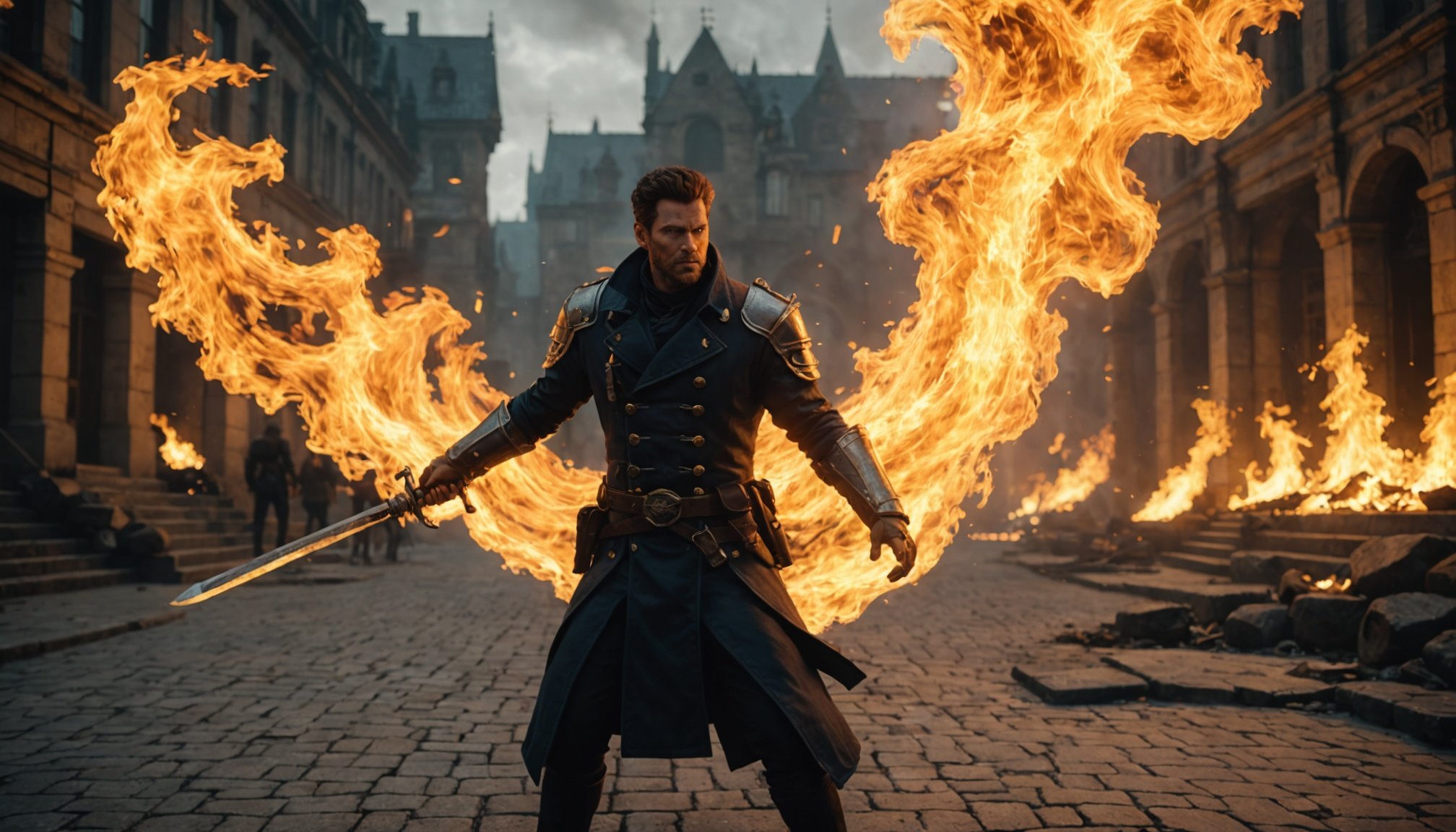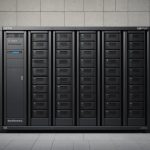Advanced Techniques for Fire Effects in Action Games
In the realm of action games, mastering advanced fire effects significantly enhances game design and visual impact. These effects not only create spectacular visuals but also play a critical role in gaming narratives and immersion. When designing fire effects, it’s essential to employ techniques that layer various elements to achieve depth and realism. This can involve the strategic layering of animations, heat distortions, and smoke, ensuring each layer complements the others to simulate a lifelike scenario.
Particle systems are indispensable in crafting convincing fire effects. They consist of numerous small graphics or animations (particles) that collectively depict phenomena like fire, smoke, and sparks. Implementing an effective particle system requires fine-tuning parameters such as particle size, emission rate, and lifetime to depict realistic fire dynamics. By adjusting these elements, developers can create fires that flicker naturally and react dynamically within their environments.
Topic to read : Ultimate Strategies to Minimize Input Lag for Superior Competitive Console Gaming Performance
The significance of these advanced visual effects techniques in action games is undeniable. They not only enrich the storytelling by providing atmospheric contexts but also elevate the player’s overall experience through cinematic sequences and gameplay immersion. As technology evolves, so too do the methods and tools available to game developers, making fire effects a continually evolving art form within the gaming industry.
Pro Tips for Creating Captivating Visuals
Developing captivating game visuals requires a well-rounded approach, especially when designing fire animation for visual storytelling. The key lies in understanding the intricacies of flame movements and behaviours.
Also to discover : Ultimate Guide to Crafting Lifelike Sand and Desert Environments: Pro Strategies for Adventure Game Creators
Optimizing Fire Animations
To animate flames efficiently, pay attention to timing and dynamics. Flames should flow naturally, flickering realistically. Best practices involve studying real fire behaviour and using reference material to simulate these movements accurately.
Utilizing Colour and Lighting
Colour theory plays a pivotal role in fire effects. Choosing the right hues and integrating lighting effects can transform a flat animation into a stunning visual spectacle. Teal and blue hues often complement the warm colours of fire, creating a balanced and dynamic contrast. Additionally, the application of contrasting brightness levels can enhance the perception of depth, making fire effects more immersive.
Integrating Fire with Gameplay Mechanics
Fire can be an integral gameplay element, beyond its aesthetic appeal. Strategically blending fire effects with character actions enriches the visual storytelling. Some games excel at using fire as environmental hazards, enhancing both gameplay and visual experiences. By learning from these successful examples, developers can harness fire to heighten immersion and create memorable gaming moments.
Recommended Software and Tools for Fire Effects
Creating compelling fire effects in action games necessitates the use of effective software tools tailored to the unique demands of game design techniques. Industry-standard software like Adobe After Effects and Blender stand out, offering comprehensive features for crafting nuanced visual effects. Adobe After Effects excels at animations with its robust particle system plugins, while Blender provides a suite of tools for detailed 3D modelling and rendering.
When choosing software, consider the specific strengths of each tool. For example, Unity integrates seamlessly with multiple particle effect plugins, which is beneficial for interactive game environments. Conversely, Unreal Engine is renowned for its cutting-edge real-time rendering capabilities, crucial for high-fidelity gaming experiences.
Apart from these primary software options, various plugins and add-ons enhance fire simulation capabilities. Plugins like Trapcode Particular for After Effects offer extensive customization of particles, enhancing fire realism. Similarly, EmberGen is a real-time volumetric fluid simulation tool that allows artists to create fire effects with intricate detail.
Each tool presents unique advantages, equipping game artists with the means to translate creative visions into reality. Careful consideration of each tool’s features allows developers to push boundaries, achieving visually striking and performance-efficient fire effects.
Performance Optimization for Fire Effects
In action games, achieving high-performance fire effects is essential to maintain smooth gameplay. Here are strategies to optimise game performance:
Techniques to Minimise Resource Usage
- Level of Detail (LOD): Implement LOD to render fewer particles for distant flames, improving performance without sacrificing visual quality.
- Particle Systems: Optimise by reducing the number of active particles while maintaining realism. Adjust parameters like size and lifetime to reduce strain on the game engine.
Balancing graphical fidelity with performance is crucial. Striking this balance ensures that fire effects remain visually impressive without impacting the game’s frame rate. Utilising efficient rendering techniques, such as baking textures, allows developers to preload fire effects and reduce in-game calculations.
Profiling Tools
- Unity Profiler: Use it to measure resource usage and frame rate impacts. It provides insights into how fire effects affect performance.
- Unreal Engine’s Frame Profiler: Offers detailed performance metrics to pinpoint areas needing improvement.
By integrating these tools, developers can actively monitor and enhance the efficiency of their visual effects. This targeted approach means striking the ideal balance between breath-taking visuals and seamless performance. Prioritising optimisation techniques ensures action games remain engaging and fluid, maintaining their immersive experience for players.
Case Studies of Successful Games with Remarkable Fire Effects
Examining renowned games offers invaluable insights into advanced fire effects and provides inspiration for developers. Many successful titles have leveraged fire to enhance both visual effects and gameplay mechanics. Understanding their approaches can be instrumental in achieving similar feats.
“The Last of Us Part II” sets a benchmark for immersive fire effects. The Naughty Dog team used cutting-edge game design techniques to create fires that dynamically react to the environment. They employed highly detailed particle systems, enhancing both the visual storytelling and player engagement. By seamlessly integrating fire with gameplay, they conveyed intense, lifelike circumstances.
Another standout is “Hellblade: Senua’s Sacrifice”. This game illustrates how to harness fire as both a visual and emotional device, adding layers to its narrative through meticulously crafted fire animations. Techniques such as heat distortion added depth, while colour and lighting amplified the visual impact.
Lessons from these case studies highlight:
- The creative use of particle systems to add dimension.
- Strategic layering effects for realistic fire depiction.
- Integration of fire as a tool for narrative and emotional depth.
Each example showcases how combining robust tools and techniques can transform ordinary fire effects into unforgettable gaming experiences.





